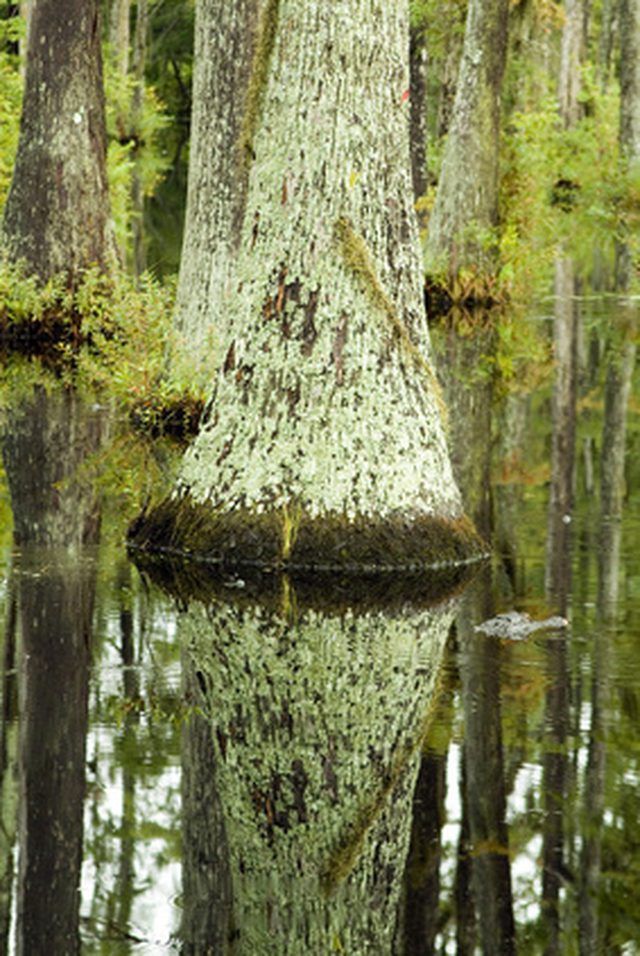Bulbs
Flower Basics
Flower Beds & Specialty Gardens
Flower Garden
Garden Furniture
Garden Gnomes
Garden Seeds
Garden Sheds
Garden Statues
Garden Tools & Supplies
Gardening Basics
Green & Organic
Groundcovers & Vines
Growing Annuals
Growing Basil
Growing Beans
Growing Berries
Growing Blueberries
Growing Cactus
Growing Corn
Growing Cotton
Growing Edibles
Growing Flowers
Growing Garlic
Growing Grapes
Growing Grass
Growing Herbs
Growing Jasmine
Growing Mint
Growing Mushrooms
Orchids
Growing Peanuts
Growing Perennials
Growing Plants
Growing Rosemary
Growing Roses
Growing Strawberries
Growing Sunflowers
Growing Thyme
Growing Tomatoes
Growing Tulips
Growing Vegetables
Herb Basics
Herb Garden
Indoor Growing
Landscaping Basics
Landscaping Patios
Landscaping Plants
Landscaping Shrubs
Landscaping Trees
Landscaping Walks & Pathways
Lawn Basics
Lawn Maintenance
Lawn Mowers
Lawn Ornaments
Lawn Planting
Lawn Tools
Outdoor Growing
Overall Landscape Planning
Pests, Weeds & Problems
Plant Basics
Rock Garden
Rose Garden
Shrubs
Soil
Specialty Gardens
Trees
Vegetable Garden
Yard Maintenance
Cypress Tree Leaf Identification
Cypress Tree Leaf Identification. Valued for their wood and ecological impact, cypress trees have become popular for reforestation efforts in the South, especially around wetland areas. Among the most common cypress trees that grow in wet regions are the bald cypress and the pond cypress. Another cypress, the Leyland, is grown in the Southeast...

Valued for their wood and ecological impact, cypress trees have become popular for reforestation efforts in the South, especially around wetland areas. Among the most common cypress trees that grow in wet regions are the bald cypress and the pond cypress. Another cypress, the Leyland, is grown in the Southeast mainly for ornamental landscaping purposes. Each type of cypress bears its own distinct leaves, making the different trees simple to tell apart.
Types of Cypress Trees
A large tree, the bald cypress (Taxodium distichum var. distichum) reaches up to 150 feet tall and grows wide at the base and narrow toward the top. The smaller pond cypress tree (Taxodium distichum var. nutans) has thick, shaggy bark that helps distinguish it from the bald cypress. Another type of cypress tree, Leyland cypress (x Cupressocyparis leylandii), grows extensively in the Southeast, according to Clemson University, getting from 60 to 70 feet tall, sometimes reaching up 100 feet.
Cypress Leaves
Classified as a deciduous gymnosperm tree, according the University of Tennessee, the leaves on the cypress tree turn brown in autumn and fall along with the cones, which leaves the tree looking bare. The needles on these trees give them the classification of conifer.
Identifying Bald Cypress
Bald cypress trees, writes the University of Florida, produce linear leaves that spread two-ranked, like a feather. These stumpy, flat needles grow only ? inch to ? inch in length and thickly cover short branchlets that sprout from twigs. The twigs themselves remain bare of needles. On a twig, the branchlets form on both sides and arch out, leaving a small space between each branchlet. In addition, the light, yellow-green foliage of the bald cypress hangs loosely from the tree.
Identifying Pond Cypress
Pond cypress, on the other hand, has distinctively different foliage than its close relative, the bald cypress. Leaves on the pond cypress resemble scales that wrap around the twig. These short needles press together tightly, winding around and sticking out from the branches. According to the University of Florida, pond cypress leaves look like pine needles that point up and out from each branchlet.
Identifying Leyland Cypress
The Leyland cypress has dark green to blue-green foliage and also produces small, brown cones. Dense branches that angle up as they grow resemble feathers. The needles on the Leyland cypress grow scale-like on flat branchlets, very similar to the pond cypress.